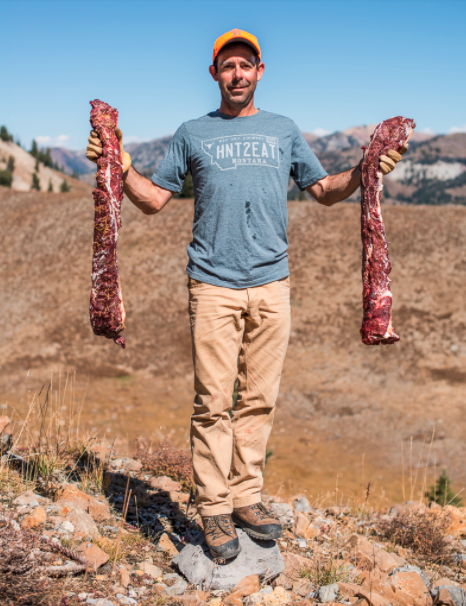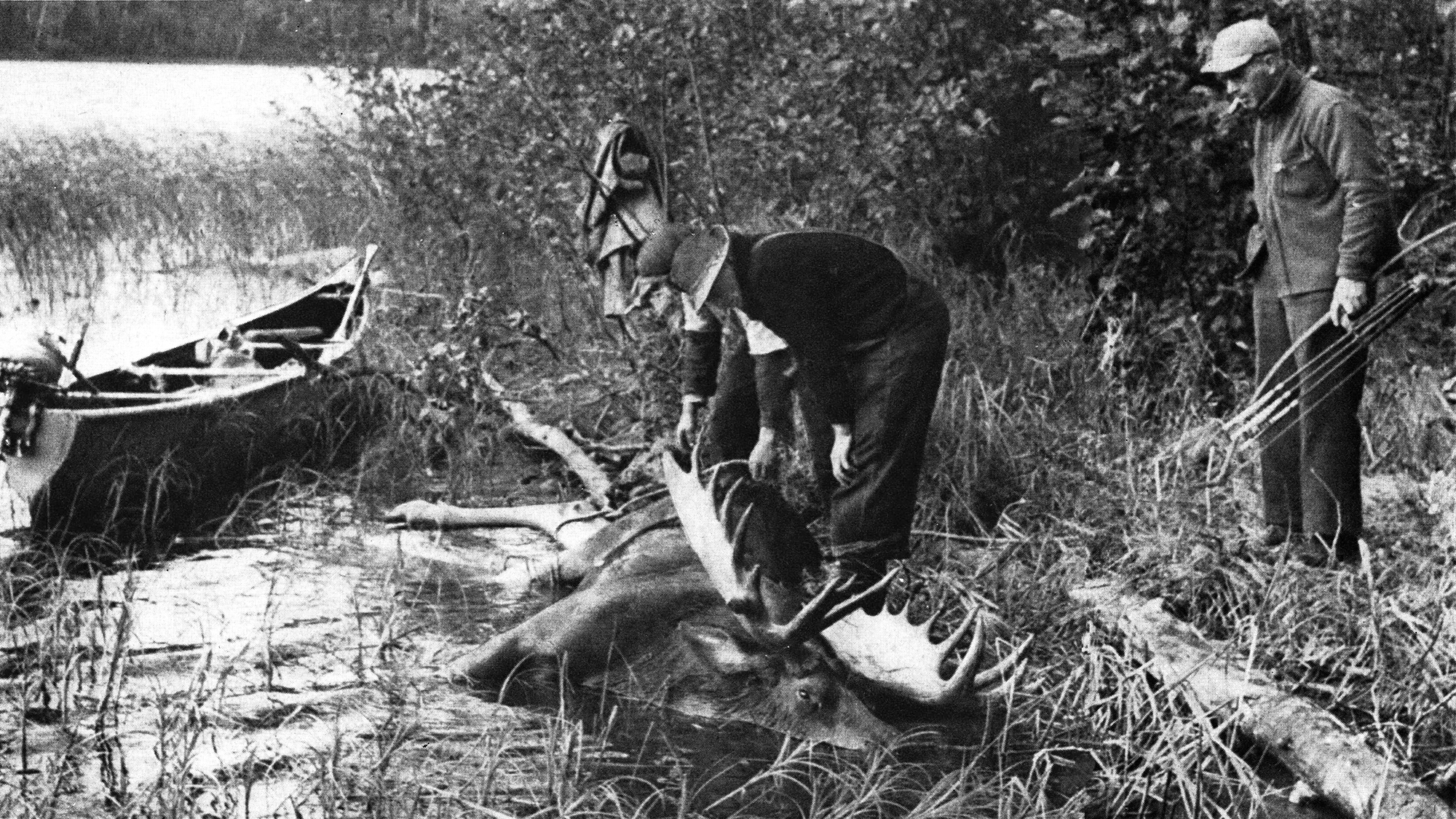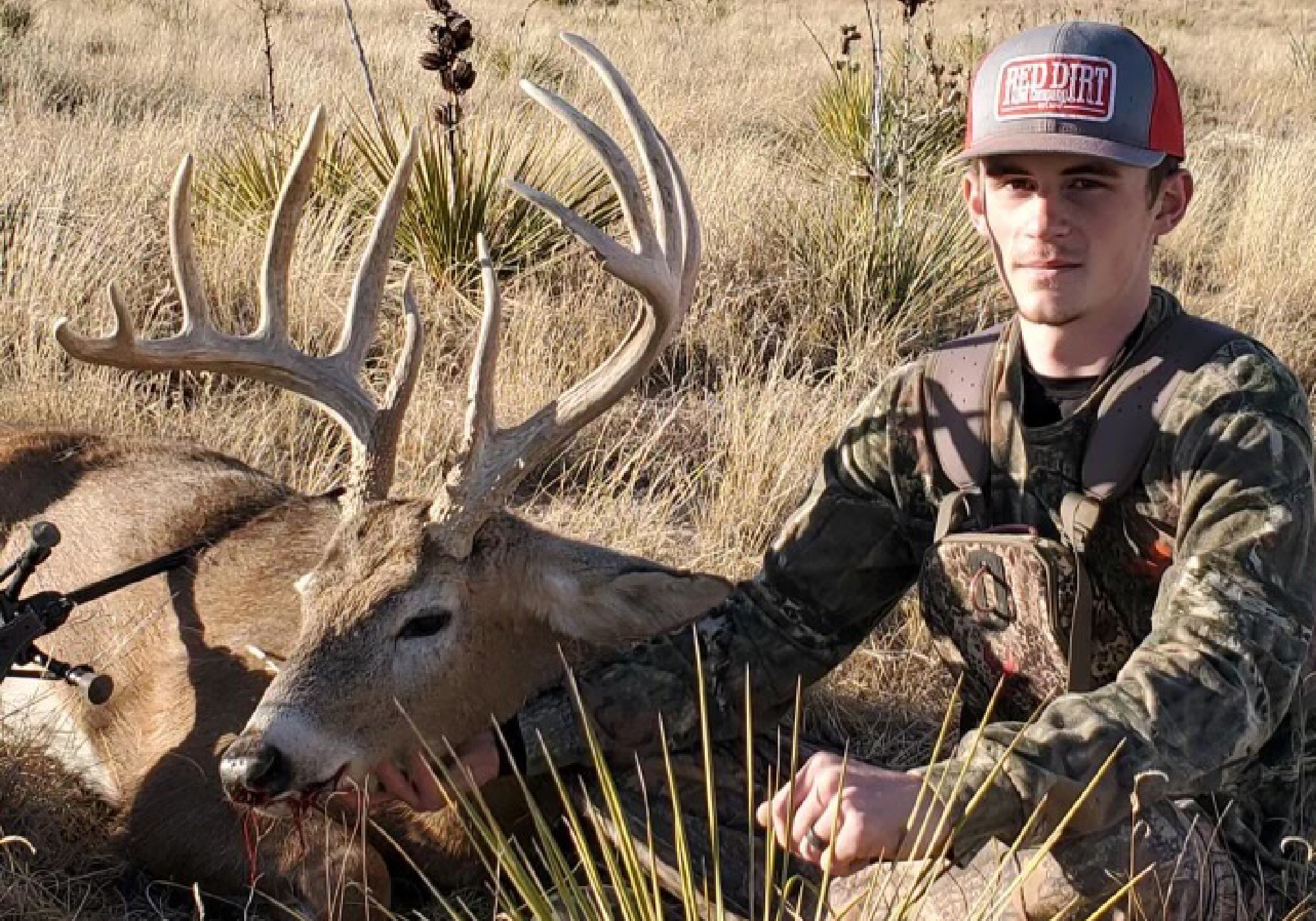Some Hunters Target Trumpeter Swans. Utah Wants to Stop It Before All Swan Hunting Gets Shut Down
Meanwhile, Utah waterfowlers worry that a new proposal could turn a common mistake by well-intentioned hunters into a crime
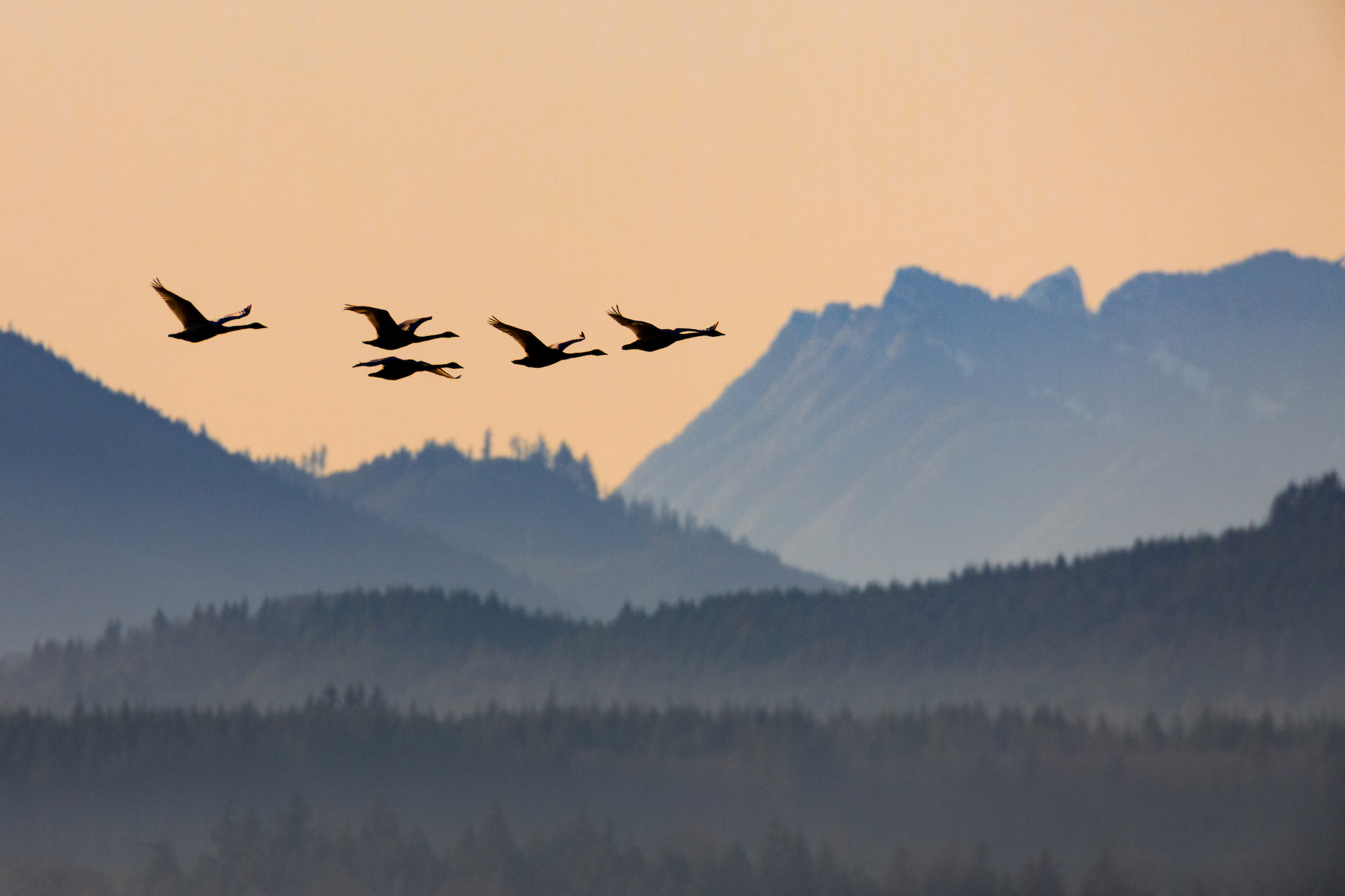
One of the most popular waterfowl hunts in the West, swan season on Utah’s Great Salt Lake, could be tweaked to allow both more and less swan hunting this fall.
According to a plan that will be considered by the state’s Wildlife Board next month, hunters who kill protected trumpeter swans could be ticketed and have their birds confiscated. The measure is intended to extend Utah’s season for tundra swans, which don’t have the same protections as trumpeters. Problem is: The two species of swans often travel together, and they can be hard to differentiate.
The change being recommended by the state’s wildlife agency is intended to reduce escalating trumpeter harvest while ensuring that federal waterfowl managers don’t impose more sweeping reforms that could end or curtail swan hunting in the Pacific Flyway.
But the proposal is getting a mixed reception from waterfowlers, who worry that well-intentioned hunters could be labeled as poachers if they accidentally kill a trumpeter. And they say that, by imposing a kill quota on trumpeters, the state is promoting an activity that it’s simultaneously trying to stop.
The Problem with Incidental Harvest
The roots of the issue go back decades to the recovery of swans, which are the largest migratory birds on the continent and considered by many to be the ultimate winged trophy. Utah is one of only nine states that allow hunting of tundra swans, which breed in the shallow lakes and wetlands of the subarctic and migrate south to their wintering grounds on the Gulf of Mexico.
Trumpeter swans—about twice the size of tundras and named for their distinctive booming call—were classified as endangered in the early 20th century due to intensive market hunting for their plumage and because of widespread habitat loss. The large swans, which have eight-foot wingspans and snow-white feathers, require cold, clear, pristine lakes and ponds to breed and brood their downy gray cygnets.
Endangered species protections for trumpet swans were removed in the 1960s as bird numbers rebounded. Meanwhile, populations of the smaller and more numerous tundra swans—which share colorations and flight behavior with trumpeters—have been increasing even more quickly, especially in the Pacific Flyway. Tundra swan seasons were established, first in Utah and then in neighboring states, in 1962, according to the U.S. Fish & Wildlife Service.
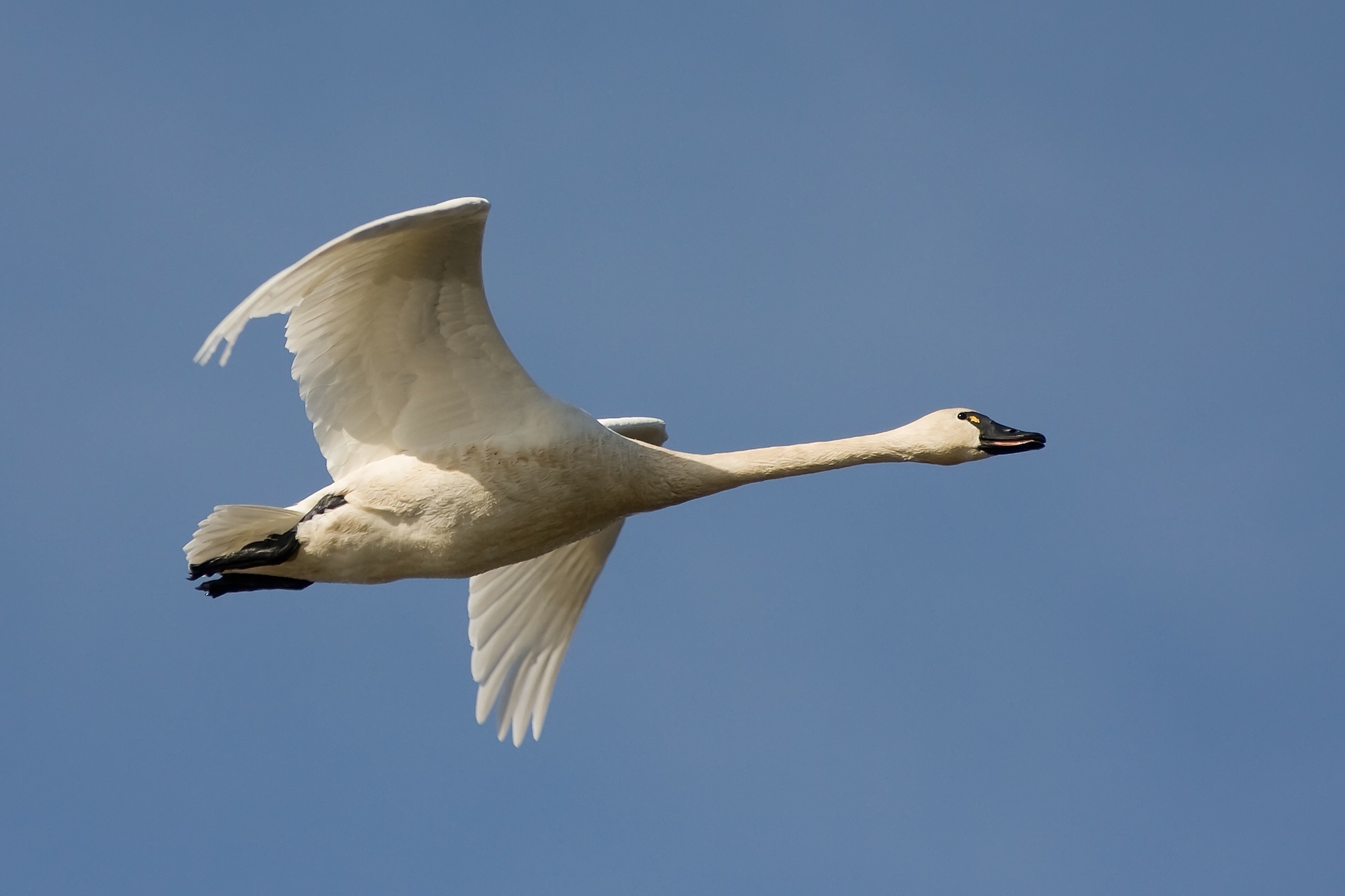
Waterfowl managers noted that even in those early seasons “a small number of trumpeter swans were accidentally harvested by swan hunters who mistook them for tundra swans” in Montana, Utah, and Nevada. “A limited take of trumpeter swans was authorized by the Service in the three states beginning in 1995 to legalize this take and reconcile potentially conflicting management strategies” that intended to maximize hunting opportunities for the more numerous tundra swans.
This authorization allowed Utah hunters to unintentionally kill 10 trumpeter swans per season. Nevada hunters were allowed five incidental trumpeters. Montana never established a trumpeter kill quota, but discouraged waterfowlers from killing the larger, scarcer species. Meanwhile, Utah required hunters who successfully drew a tundra swan permit to take a bird-identification course to minimize incidental harvest of trumpeters.
Up until 2019, Utah’s complicated swan season worked pretty well. The hunt became so popular that waterfowlers could only draw one of the 1,550 swan tags about every third year. But in 2019, the state expanded the boundaries of the swan hunt, and increased the quota by 750 permits. Because waterfowl managers were worried that more tundra swan hunters were likely to encounter more trumpeter swans, they successfully lobbied the feds to increase the trumpeter kill quota from 10 to 20, says Heather Talley, upland game coordinator for Utah’s Division of Wildlife Resources.
“Prior to 2019, Utah never hit its trumpeter swan quota, and Utah averaged only one trumpeter for every 800 tundra swans harvested,” she says. “In fact, there were only 40 recorded trumpeter swans harvested” in Utah’s modern waterfowling history.
That 2019 season expansion put more tundra swan hunters in proximity to more trumpeters, especially on the popular Public Shooting Grounds Wildlife Management Area north of the Great Salt Lake and the swan-rich Bear River National Wildlife Refuge. But another dynamic was starting to express itself.
Read Next: What Happens to Duck Hunting When the Great Salt Lake Dries Up?
“I’d say people started trophy hunting for trumpeters,” says Brooks Hansen, a longtime Great Salt Lake waterfowler. “There was a perception that if people were allowed to hunt trumpeters, and there was no penalty, then why not hunt what’s arguably the rarest waterfowl species in North America?”
Talley notes that since 2019, 85 trumpeter swans have been reported as harvested in Utah. Over a third of these were taken on or near the Public Shooting Grounds WMA. Because the state is required to close the tundra swan season when the 20-bird trumpeter allotment is reached, Utah’s tundra swan season has closed earlier and earlier over the past three years. Last year the season closed nearly four weeks short of its scheduled duration. Talley says that the long-term hunter success for tundra swans is around 40 percent; over the last couple years, that success has dropped to around 30 percent, mainly because the season ends weeks earlier due to the by-harvest of trumpeters.
“Those early closures are impeding the opportunity of our [tundra] swan hunters,” she notes, adding that the state has documented “more issues with [waterfowlers] targeting trumpeter swans the last couple of years.”
Criminalizing Swan Hunters
One remedy for this dynamic is making it illegal to harvest trumpeter swans. Accordingly, the state is recommending a full prohibition of the harvest of trumpeter swans in Utah, says Jason Jones, the DWR’s migratory bird program coordinator.
“Only tundra swan hunting permits would be issued to hunters, and it would be illegal to harvest a trumpeter swan,” says Jones. “Hunters would still be required to check in any harvested swans at a DWR office. Trumpeter swans would be seized.”
The rationale for the change is twofold. First, it would create a disincentive for harvesting trumpeter swans. Second, it would extend the tundra swan season into December, when birds are concentrated on the Great Salt Lake and available for public hunters. Hansen noted that last year the swan season closed around Nov. 12, a full month earlier than scheduled.
“I remember years when if you got a swan tag, you could count on hunting until the end of the season,” he says. “Now, if you don’t get out early, the trumpeters are going to be killed and the season is going to end early, with virtually no notice.
“We have seen a higher number of trumpeter swans harvested the last four years because there are more migrating through Utah than in previous years,” Jones continues. “We are hopeful that this change will prevent hunting opportunities from being taken away due to the early [tundra swan season] closures.”
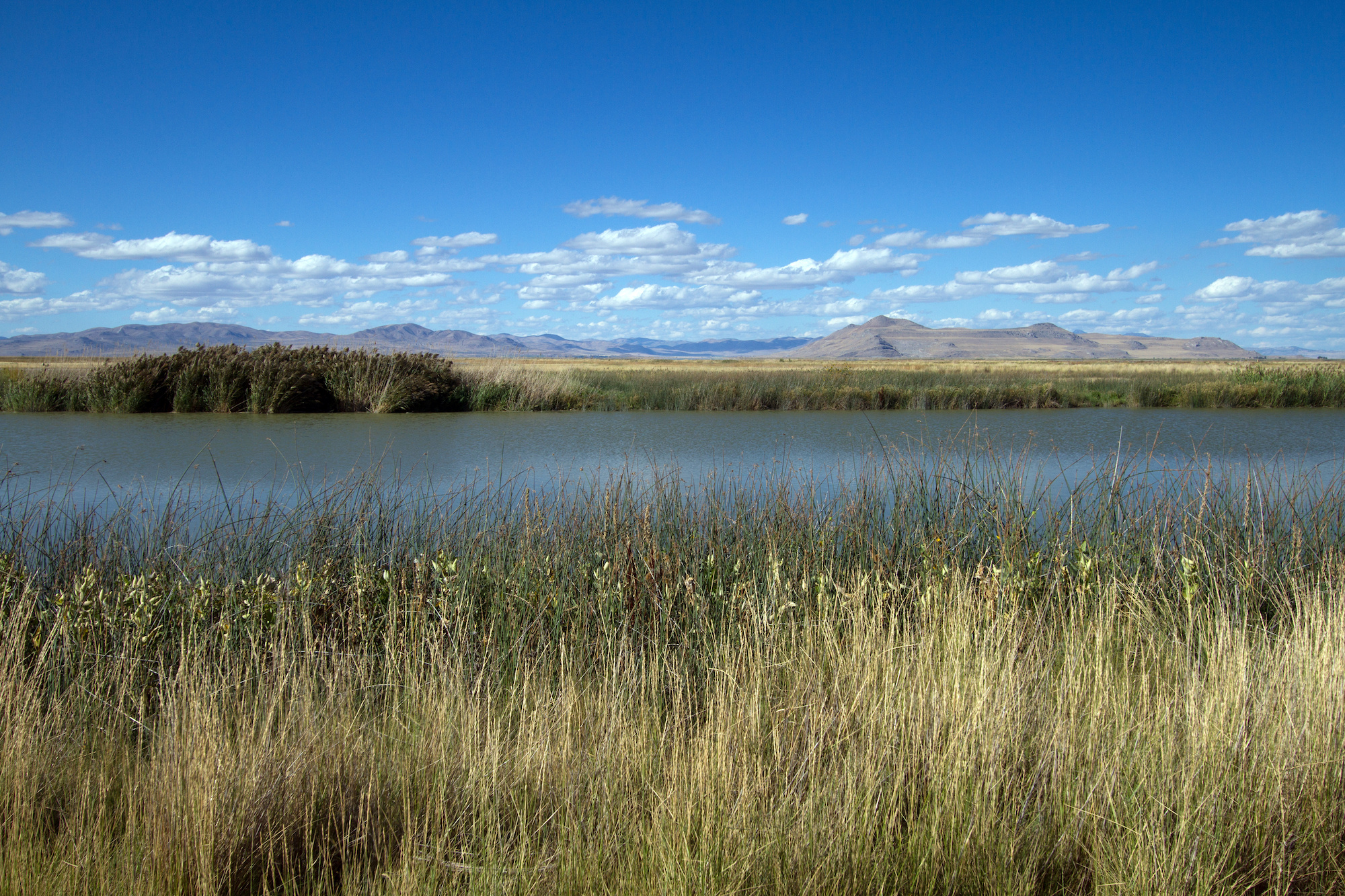
But Chad Yamane sees things differently. A longtime Great Salt Lake waterfowl guide, now retired, Yamane worries that well-intentioned swan hunters may mistake a trumpeter for a tundra.
“I see a lot of birds, right, but even to this day, unless they’re flying with tundras or making noises, trumpeters can be really difficult for even me to distinguish,” says Yamane. “The first trumpeter I shot came in with a four-pack of swans, and we let them swing by at 20 yards for three or four times before I shot. Until I pulled the trigger and the rest of the birds made a sound, I had no idea they were trumpeters.”
Yamane worries that the state will come down hard on waterfowlers who unintentionally take trumpeters.
“I hate to see them make this illegal,” says Yamane, who thinks the state has actually incentivized the harvest of trumpeters by having an incidental-take quota. “The state has created some of the mess that they’re now trying to fix. I’ve asked them: Are you going to issue citations if someone brings in a trumpeter swan? Are you going to consider it a poaching case now that will result in their hunting license being taken away for three to five years? I think of the everyday person who draws a swan tag. How hesitant will they be to apply for a permit, or to go out hunting? And how hesitant will they be to harvest a swan? People make honest mistakes, but this would brand them as criminals.”
As an outfitter, Yamane specialized in guiding non-resident waterfowlers to their first tundra swan. But he says he’d be reluctant to guide a hunter under the new swan-hunting regulations.
Read Next: Manitoba Is About to Get Way Less Accessible for American Waterfowlers
“A flock of trumpeters comes in silent, or one comes in alone and you have nothing to judge it by, and your client shoots,” says Yamane. “There’s a mistake factor that could result in a fine or a citation and a confiscated bird. Now imagine a 12-year-old kid whose dad says shoot, and they shoot a trumpeter. What happens then? Did we just sour a kid on what should be an inspiring and memorable experience?”
Yamane agrees that the by-harvest of trumpeters is excessive, but he thinks it’s less than what’s seen and heard in social media posts and anecdotes. He also thinks it could be further reduced if the state reverted to its pre-2019 swan-hunting boundaries, which omitted the Public Shooting Grounds WMA, where much of the incidental harvest takes place.
“I just hate making a crime out of a common mistake,” he says.
Utah’s DWR is seeking public comments on the proposed swan rules through May 18. The proposals will also be vetted by regional advisory committees before the full Wildlife Board considers them at its June 8 meeting held, fittingly, at the Eccles Wildlife Education Center on Waterfowl Way in Farmington.
